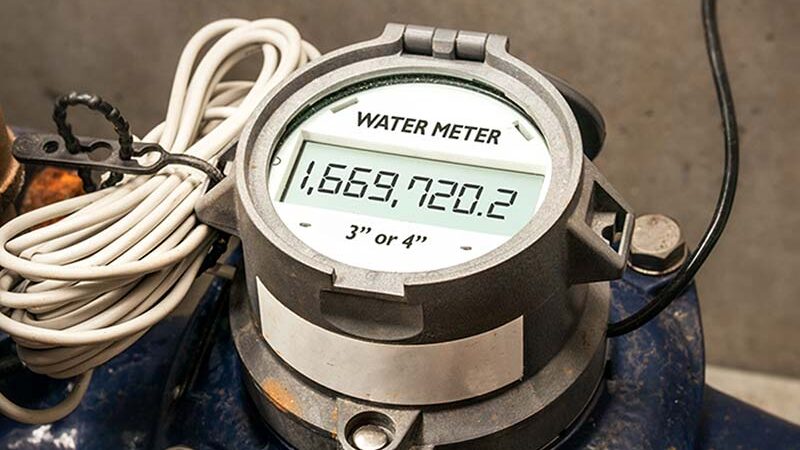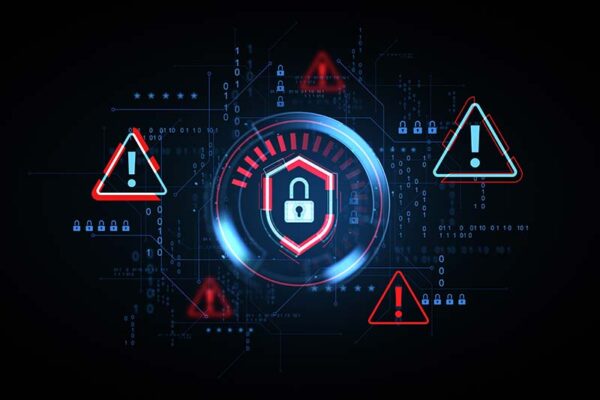Smart Meter Design Considerations
By Anna Ukovich, Ph.D.
November 13, 2025
Estimated reading time: 7 minutes

Precise engineering yields optimal results for Internet of Things (IoT) smart meters. For battery-powered meters, which often need to operate in the field for a decade or longer, it’s essential to minimize power consumption.
With the many hardware and connectivity options available, smart meter designers face a host of decisions. Priorities depend on deployment goals. Still, several core factors consistently influence smart meter architecture.

When designers select technology for smart meters, they want assurance that their device will still connect to a network for 10 or even 20 years. Unlicensed wireless wide-area networking providers, such as those offering LoRaWAN, often emphasize long-term protocol stability.
They use it as a selling point, contrasting their approach with the frequent evolution of cellular standards. However, cellular technologies typically remain supported for years, even as new standards evolve.
For example, cellular LPWA technologies, such as LTE-M and narrowband IoT (NB-IoT), were originally developed as part of 4G LTE. They now fall under the umbrella of 5G. 3GPP Release (Rel) 17 adopted LPWA technologies into 5G, partly under the 5G massive machine-type communications (mMTC) heading.
The goal was to keep LPWA available for IoT applications. As it is now under 5G, LPWA will continue to be a reliable and practical option for smart meter designs for years to come.

Utility providers manage sensitive customer and operational data. Therefore, they are increasingly focused on cybersecurity. With new regulations like the European Union’s Cyber Resilience Act (CRA), they must document and demonstrate compliance across their digital infrastructure.
While some hardware options promise to reduce power consumption, it’s essential to weigh those advantages against potential threats. In IoT networks, devices are only as secure as the weakest link in their hardware and software components. Integrators should work with trusted hardware and connectivity providers with a proven track record to minimize vulnerabilities.
They should also be aware of the government’s security requirements in the regions where they plan to deploy. Some countries have specific regulations regarding the security of smart meters. Other countries have bans and restrictions on mission-critical infrastructure applications.

Cellular network access is generally available worldwide. In contrast, unlicensed technologies depend on region-specific spectrum regulations. Their availability and permitted frequency bands vary by country, limiting deployment options across different markets.
Cellular LPWA meets the connectivity needs of most smart meters. In some areas of the world, however, Cat 1 bis may be a better choice. Parts of Africa and South America have limited or nonexistent LTE-M or NB-IoT coverage. Cat 1 bis is also a global option for continuously powered electricity meters that don’t require a low-power connection.
In regions with LPWA, designers must choose the most suitable option within that category. They need to match the technical needs of the application with the coverage and capabilities of the connectivity options.
Data rate requirements and the intended geographical deployment area will drive that decision. NB-IoT is capable of supporting over 100 kilobits per second (Kbps). LTE-M (Cat M1) can support several hundred Kbps, up to 1 megabit per second (Mbps).
Integrators should determine which technology is available in the countries where they plan to deploy. Fallback options, such as non-terrestrial networks (NTNs), can fill the gaps in areas with limited coverage.

Power consumption is a crucial design factor for battery-powered smart meters, including those used for gas and water meters. Devices must operate efficiently for years without battery replacement. Several strategies can help minimize energy use over time.
Hardware selection plays a major role. Some chipsets and modules consume more power than others, especially in deep-sleep idle mode. It’s essential to compare options carefully and understand how each performs during periods of low activity.
Cellular LPWA technologies offer additional power-saving features. LTE-M (Cat M1) and NB-IoT support Power Saving Mode (PSM) and extended Discontinuous Reception (eDRX).
PSM allows the smart meter to sleep when not actively transmitting or receiving data. eDRX enables the device to remain reachable while still conserving energy, with some latency.
Once designers select hardware and cellular technology, they should examine the power consumption specifications of wireless modules. Newer modules and chipsets offer improved efficiency compared to previous generations.
Designers should review vendor-published specifications to determine the best option. They can also obtain empirical data on the lab-tested power measurements.
Although all wireless chipsets must comply with strict standards and protocols, vendors employ different design strategies. These differences can result in significant variation in power performance. A thorough comparison helps ensure the final design meets long-term energy requirements.
Many designers opt for small modules. Gas and water meters are usually compact and tightly integrated during manufacturing. The module must fit within the meter’s housing without disrupting production.
There is little room to add or modify components after the assembly is complete. These physical constraints make modules with small form factors essential for seamless integration.
Smart meters may be deployed underground or within buildings. Others are installed in remote locations. Designers should check coverage in each area before choosing a connectivity solution. This can be done using network coverage maps, field tests or simulation tools to assess signal strength and reliability.
NB-IoT and Cat M1 offer improved coverage for devices deployed underground or indoors compared to standard 4G. In remote regions, adding fallback coverage with NTNs can help maintain reliable connections.
Smart meters have unique connectivity needs. Unlike smartphones, they don’t need to send and receive large amounts of data or stay constantly connected. Long latency is acceptable and can help conserve power.
Designers must decide how often meters send data and whether they stay connected or only check in at set times. For cellular devices, this determines whether PSM or eDRX can be used to save power.
PSM offers deep power savings, but it also makes devices unreachable between check-ins. eDRX offers a balance. Devices sleep to save energy, but users can still reach them when needed.
Some latency remains with eDRX. The more delay a system can tolerate, the more power the device will save.
A few microamps can make a significant difference in battery life over the years. In ultralow-power designs, such as battery-powered smart meters, every microamp counts. Over time, small reductions in current draw can translate into substantial gains in long-term device performance.
Battery-powered smart meters are expected to operate reliably for over a decade. Device designers carefully balance trade-offs among hardware, functionality and connectivity standards to meet long-term performance goals.
Telit Cinterion offers a portfolio of low-power cellular modules, global connectivity options and engineering design resources. We have over 30 years of experience supporting the utility industry. Our IoT products and services can help you ensure long-term performance and longevity for your smart meters.
Editor’s note: This post was originally published on 31 March 2021 and has since been updated.